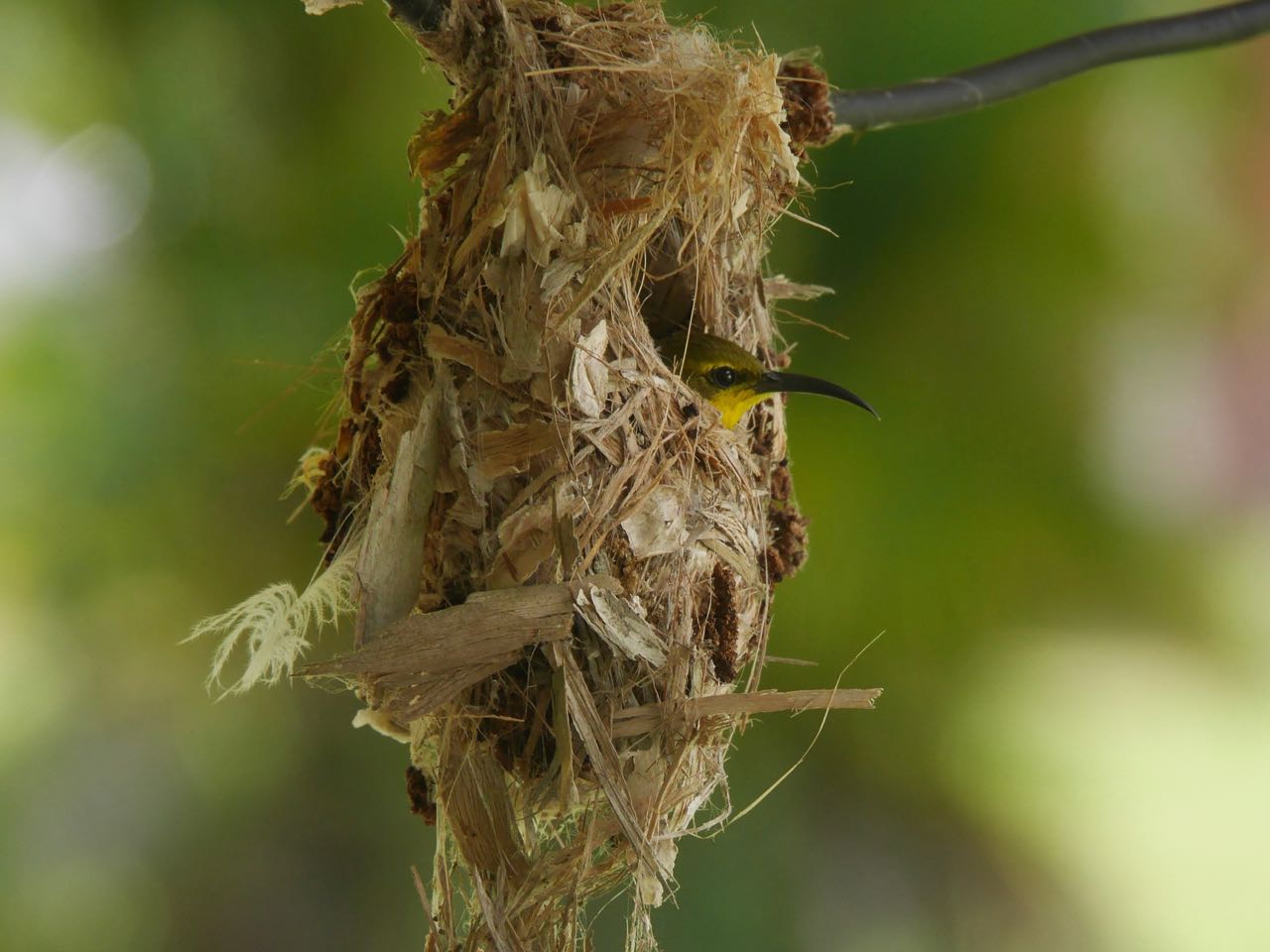I successfully moved my home assistant server from a Raspberry Pi into my kubernetes cluster using the kubernetes resource definitions in (https://github.com/drpump/k3s-home-assistant/). TLS is configured and my home assistant instance is now accessible through secure HTTPS connections using a standard, host-routed https URL.






